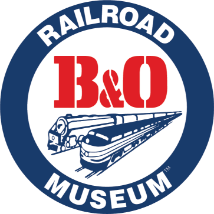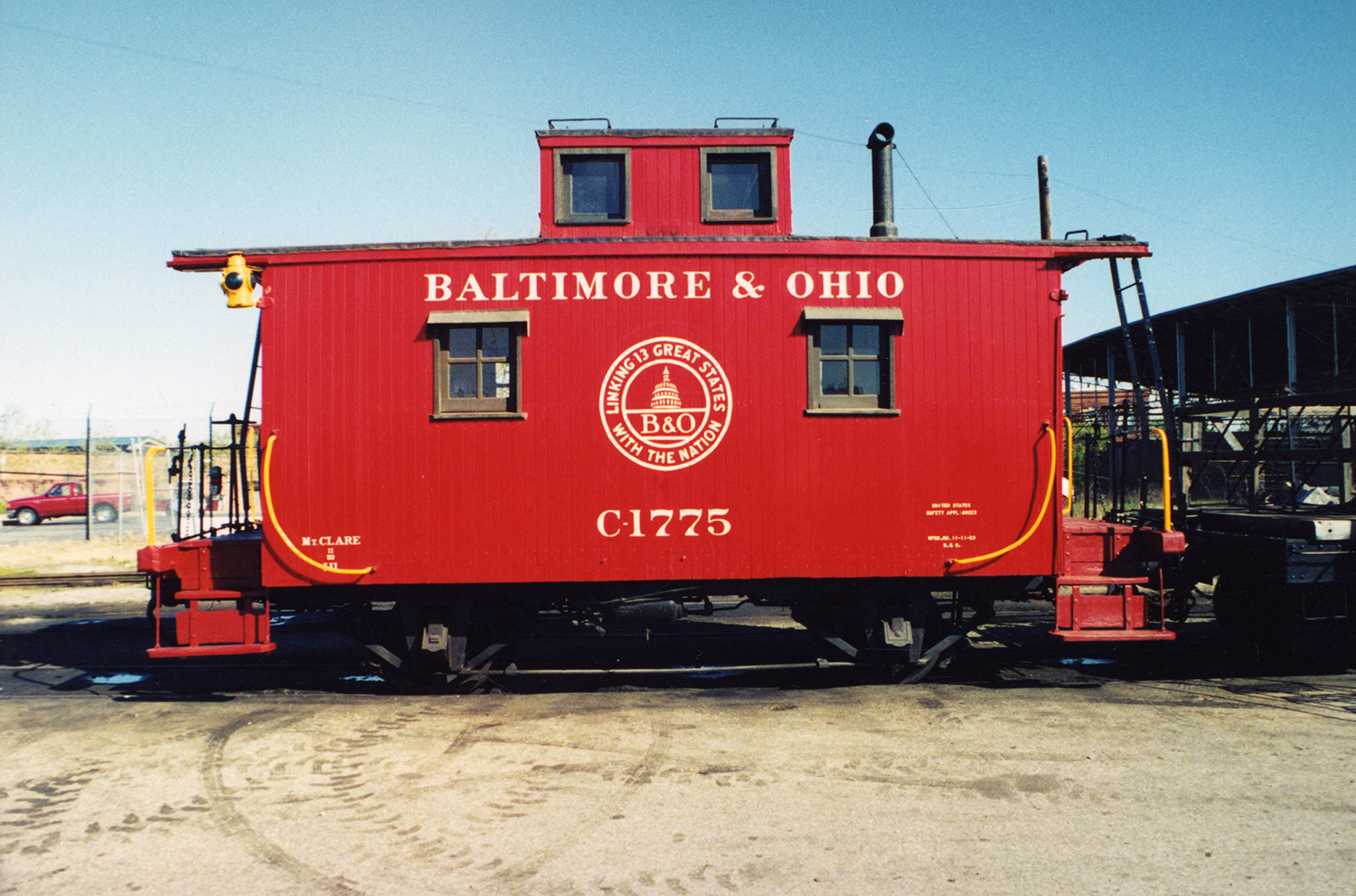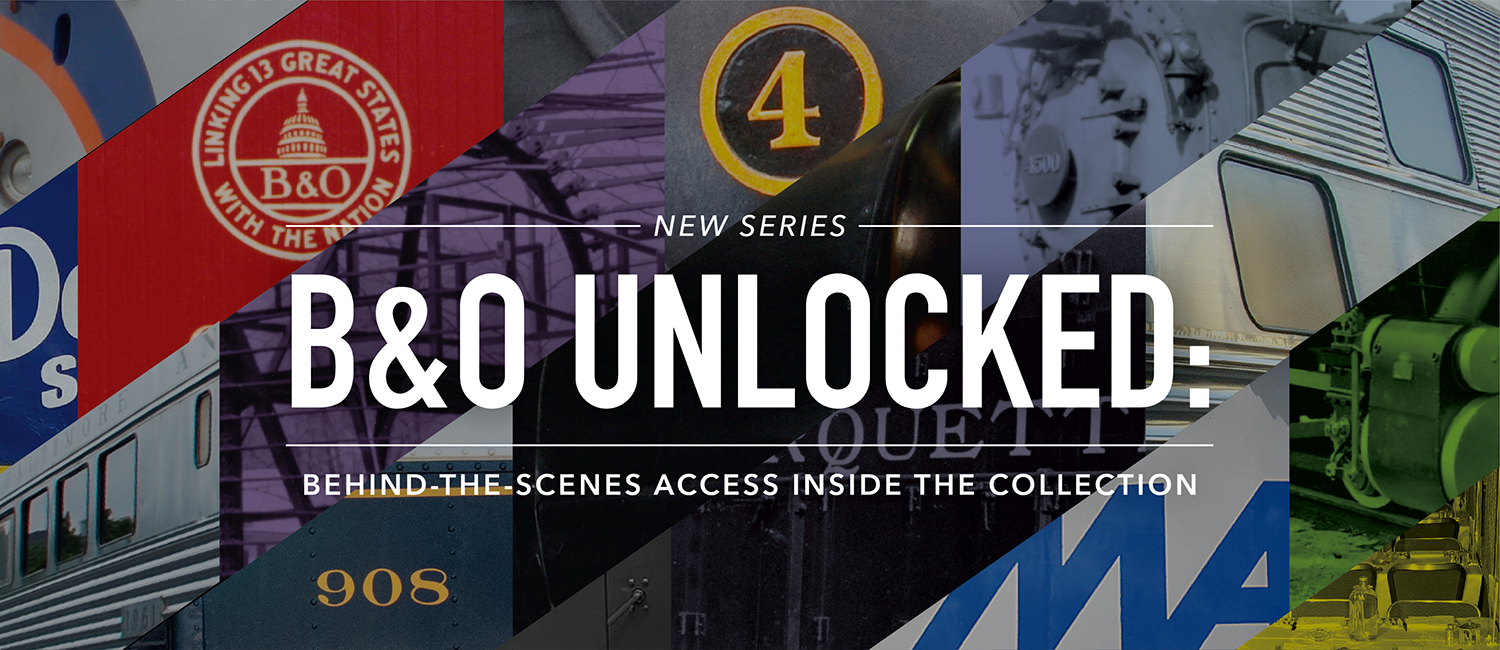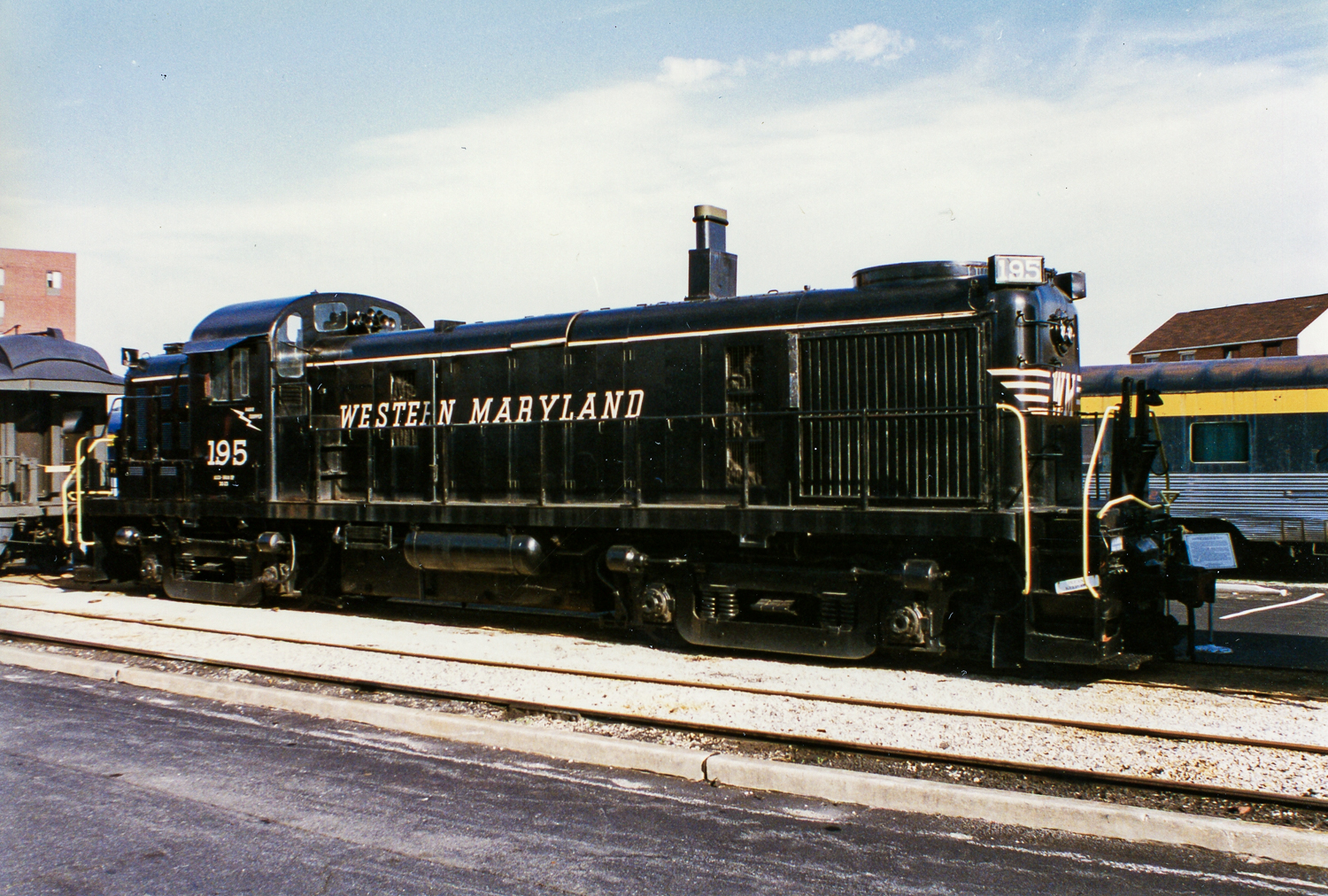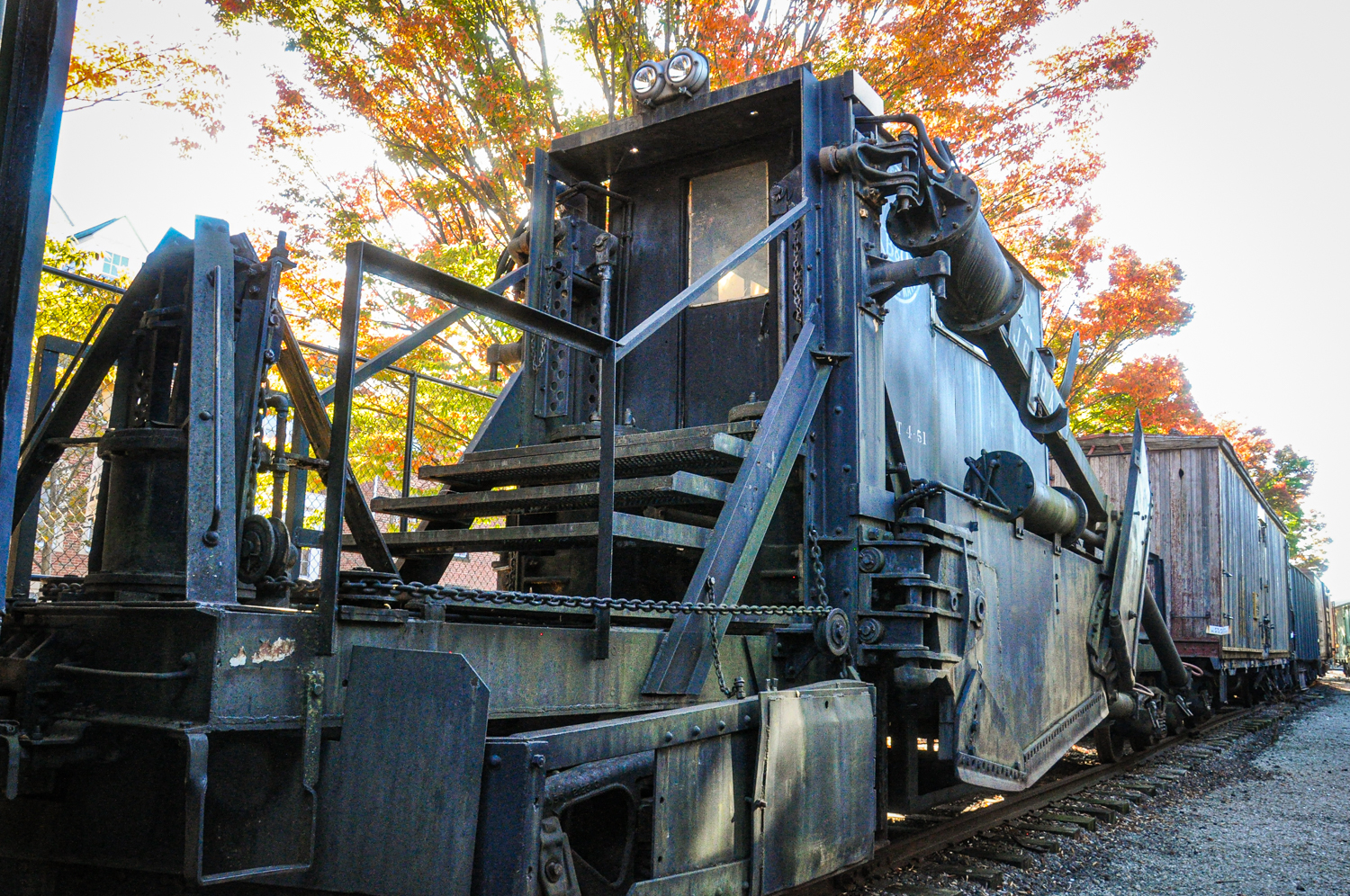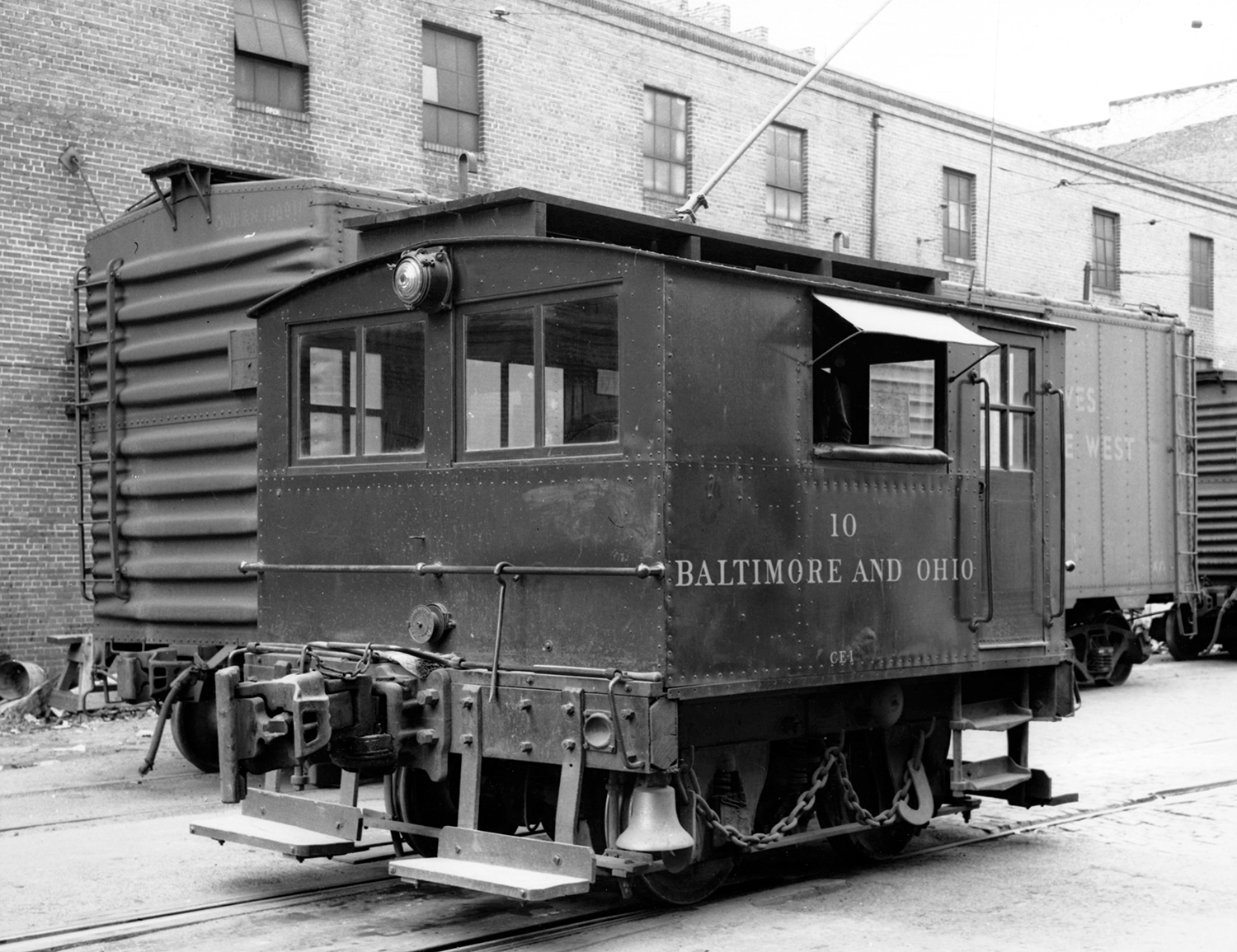Quick Facts
| Name | Wooden Bobber Caboose |
|---|---|
| Rebuild Date | 1907 |
| Railroad Of Record | Buffalo & Susquehanna Railroad (B&S), B&O Railroad |
| Manufacturer | Buffalo & Susquehanna Railroad (B&S) |
Description
Serving as a business office, a rear-end lookout station, and a sleeping quarters, the “little red caboose” is synonymous with the railroad. While it is unclear when the first caboose was made, we know that the Auburn & Syracuse Railroad was operating one as early as 1841. The B&O No. C-1775, is a specific type of caboose known as a “bobber.” These are known for their wooden bodies, 4 wheels, and single-truck frames. Allowing little stability, they bumped and swayed while in motion – hence the “bobber” nickname.
Though the unstable bobber was not equipped to handle fast, far-distance freight runs, it was perfect for slow freight runs, local runs, and switch runs. Both practical and cheap to produce, wooden bobbers became wildly popular in the 1870s. They were a favorite of the B&O – at one point in time, the railroad had over 1,000. Bobbers remained popular through the Great Depression, and some stayed in service until the 1950s. As the 21st century approached, technological advances made the caboose largely irrelevant, and thus they become a rarity.
The C-1775 was built in 1907 by the Buffalo & Susquehanna Railroad (B&S), a coal and lumber line located in western Pennsylvania. It was one of at least 9 “I-11” type cabooses constructed for the B&S. In 1931, the B&S was absorbed by the B&O, and their cabooses became B&O property. While working with the B&O fleet, the C-1775 was typically occupied by one conductor and one or two brakemen/flagmen. On occasion, the car was also used to transport “deadheads” – railroad workers traveling to or from their latest assignment.
To make the car a bit more functional and comfortable for its crew, beds and rudimentary cooking facilities were installed. A small corner of the caboose served as a makeshift desk for the conductor to use while handling the train’s paperwork. In 1952, the C-1775 became the last surviving I-11 caboose. It was retired, restored, and placed on display at the B&O Railroad Museum the following year.
Virtual Tour:
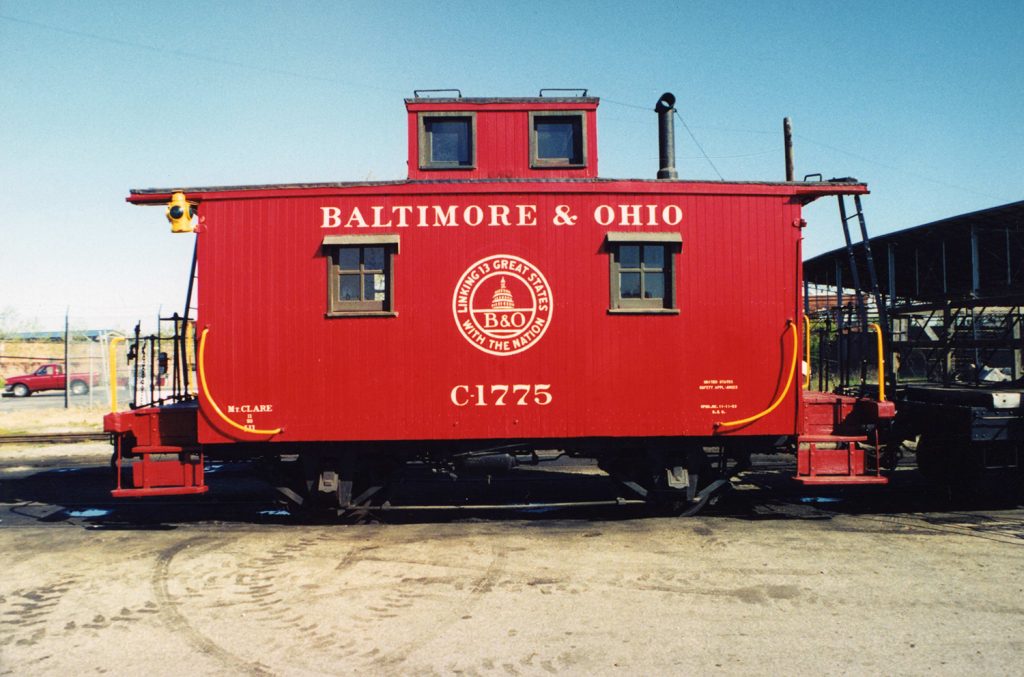
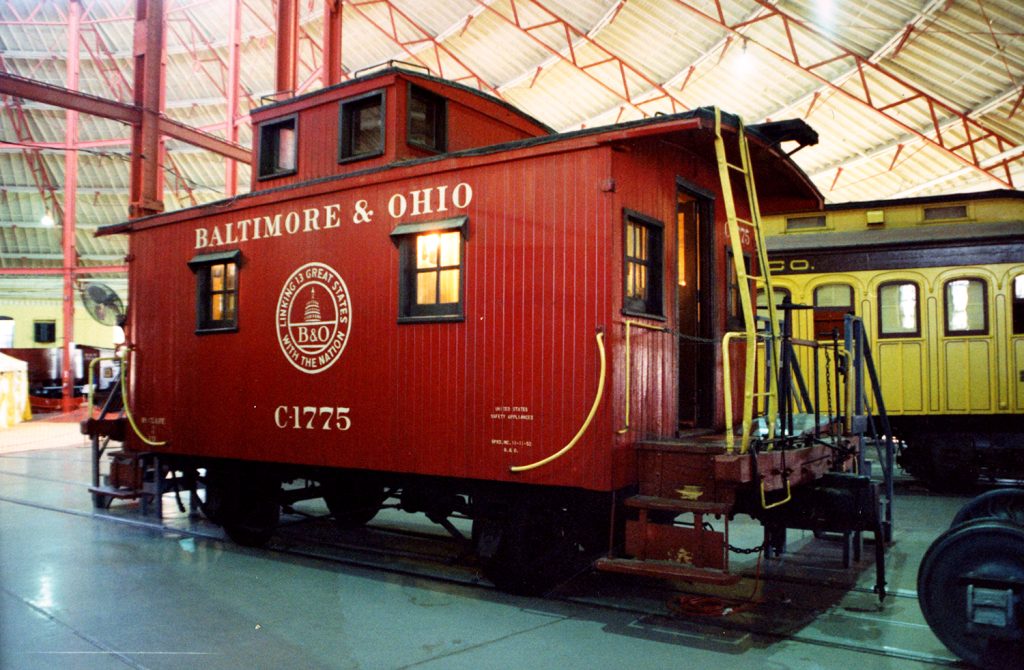
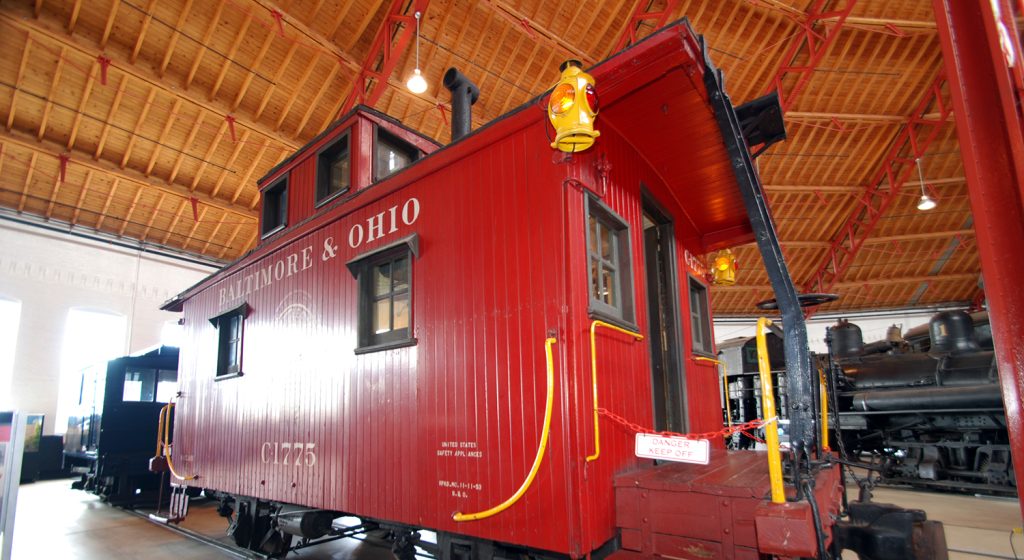
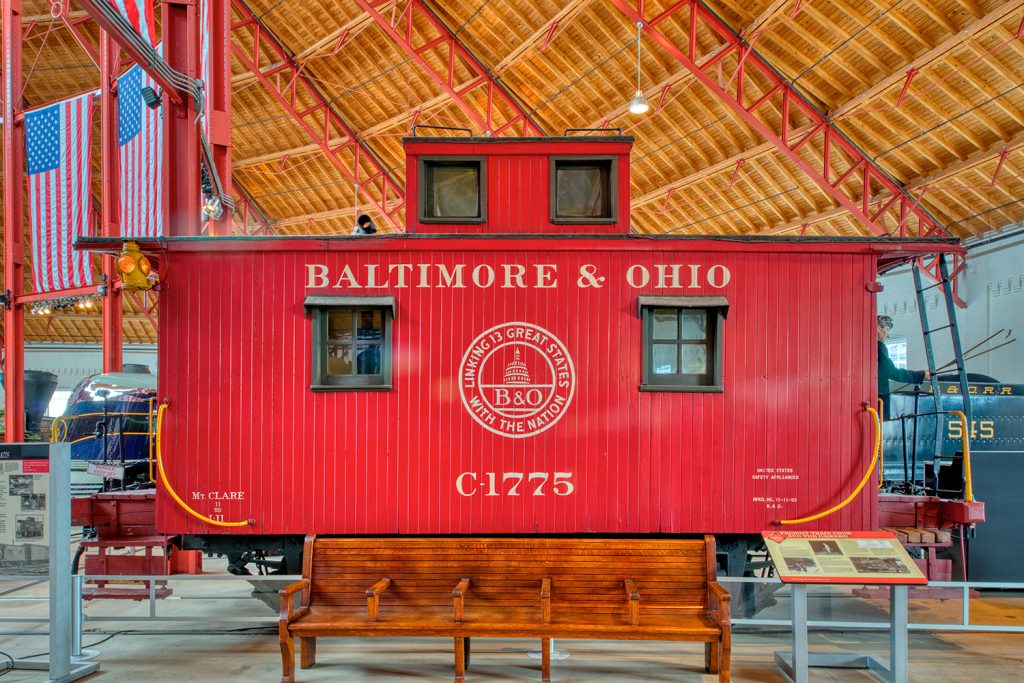
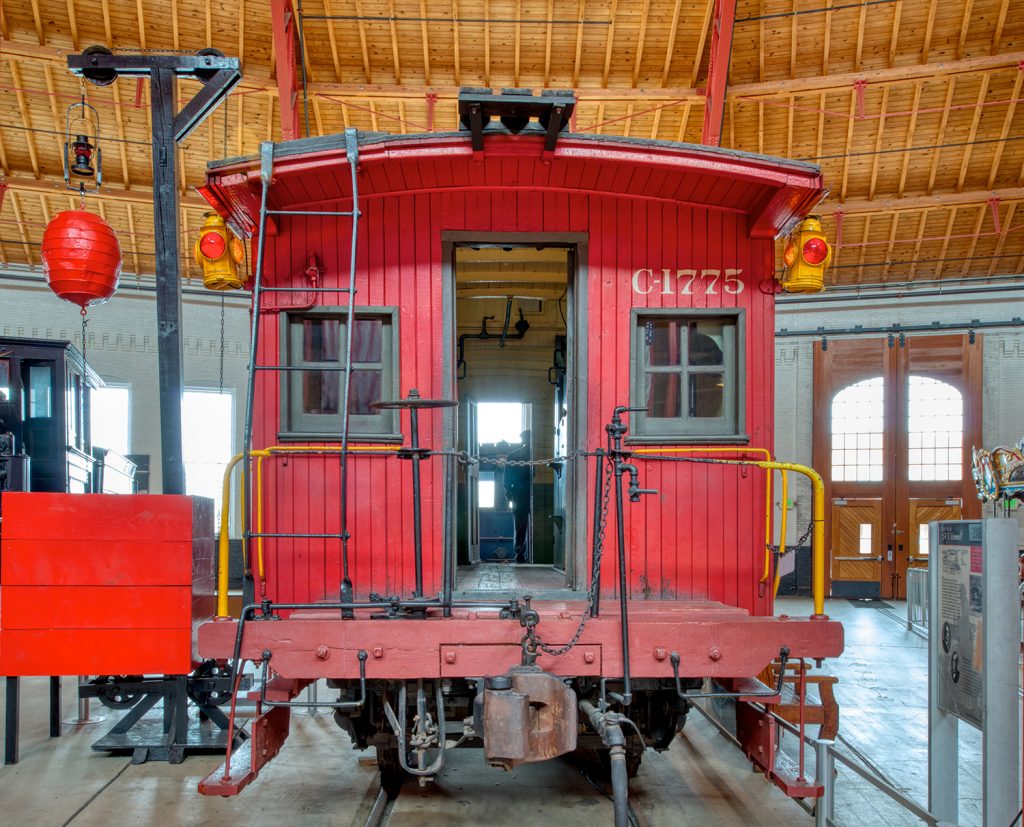
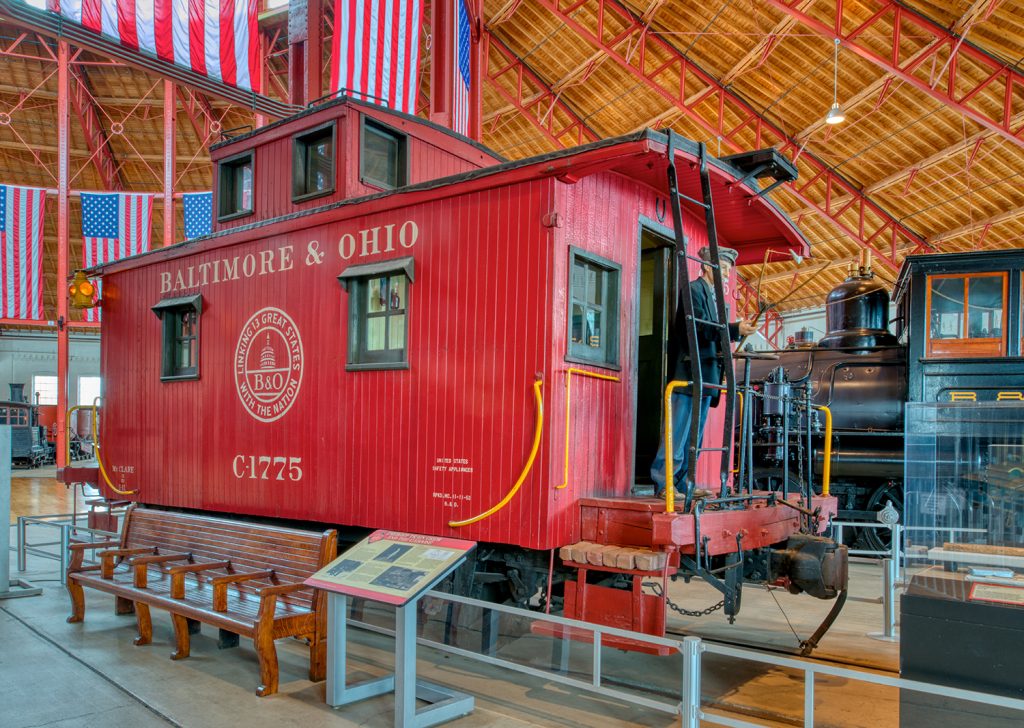
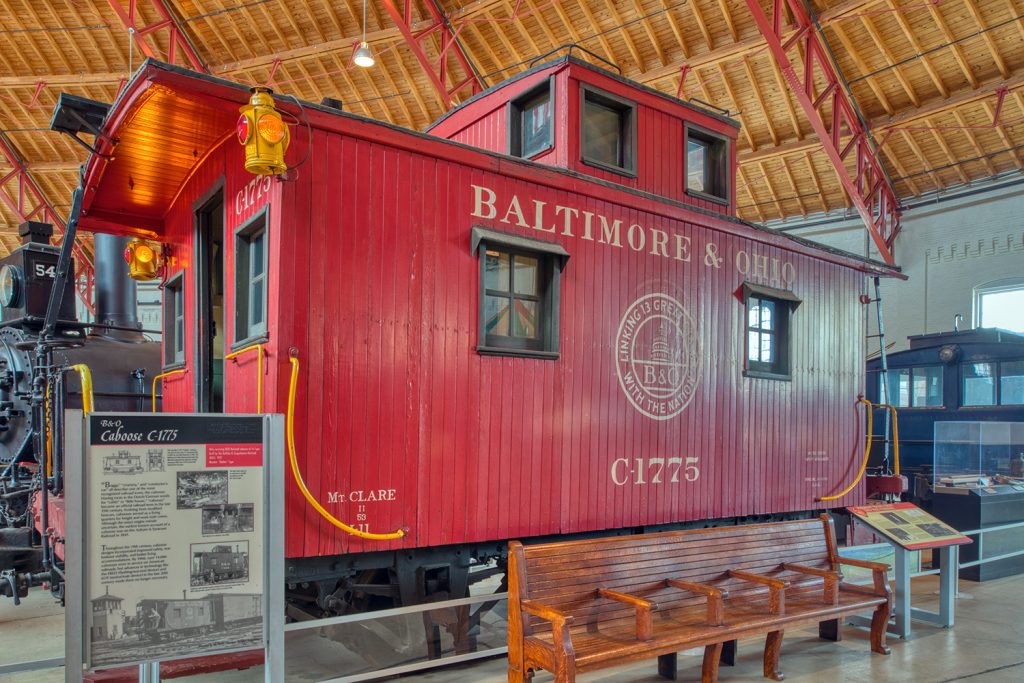
Can't Get Enough?
There’s even more to explore. Check out this and other unique pieces from our collection.

Did You Know?
Andrew Jackson, in 1833, rode on the B&O Railroad, becoming the first US president to ride a train.
